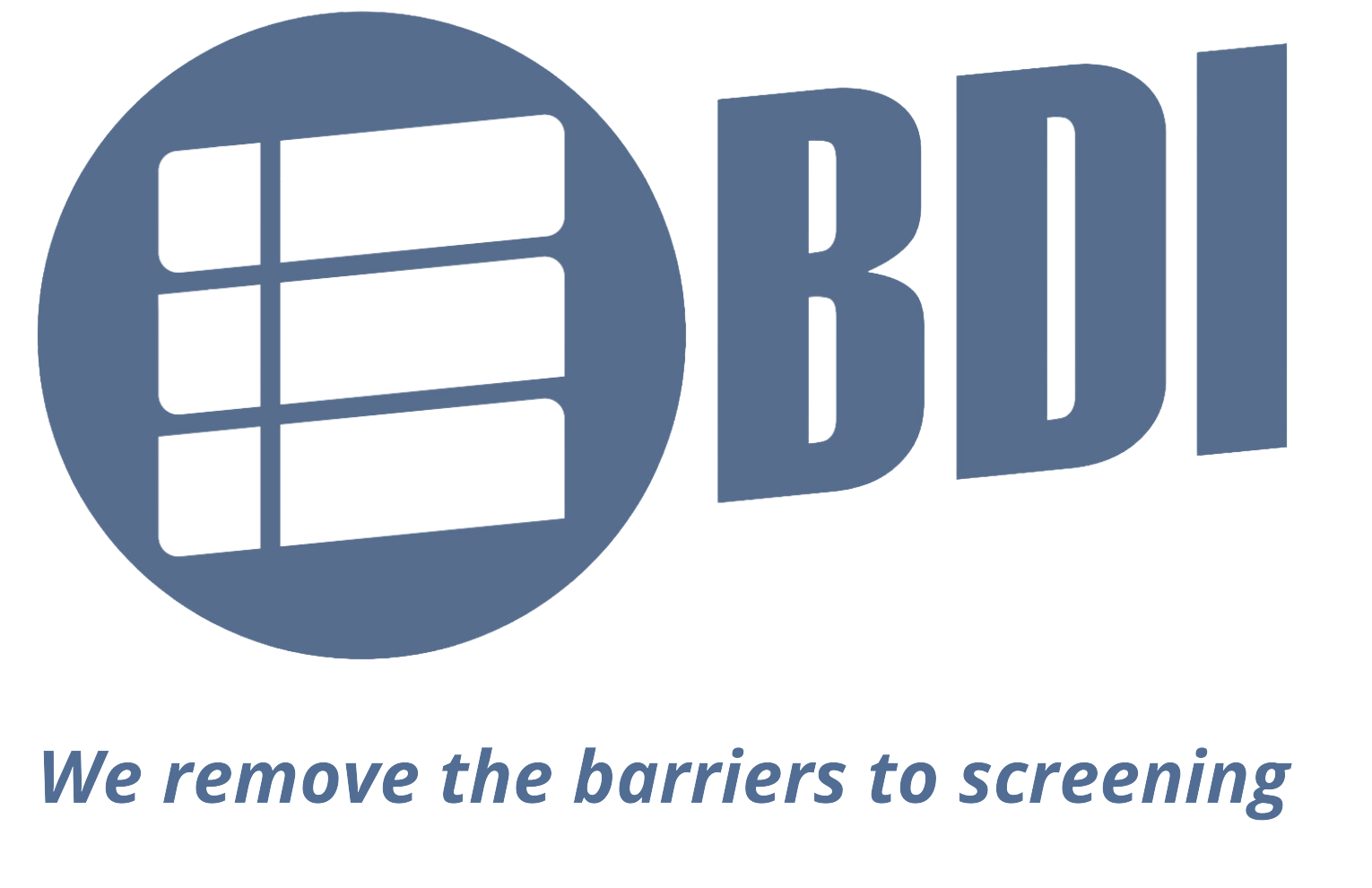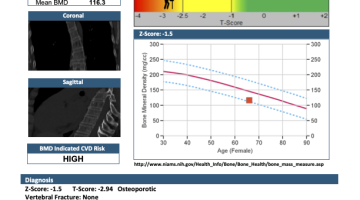How BDI works
Better/earlier detection of osteoporosis → Enables earlier treatment and fracture prevention
Works with any CT image containing vertebra or hip
(approximately 75% of all CTs¹):
chest, abdomen, pelvis, spine, cardiac CT, coronary angiogram, head/neck, lower extremity
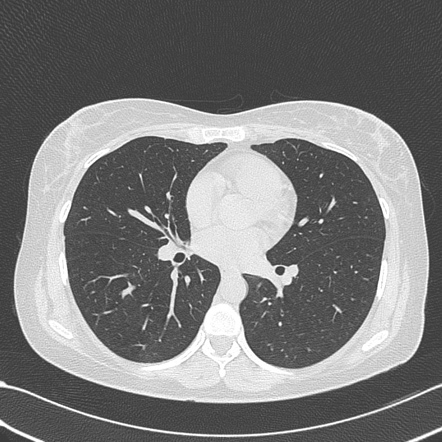
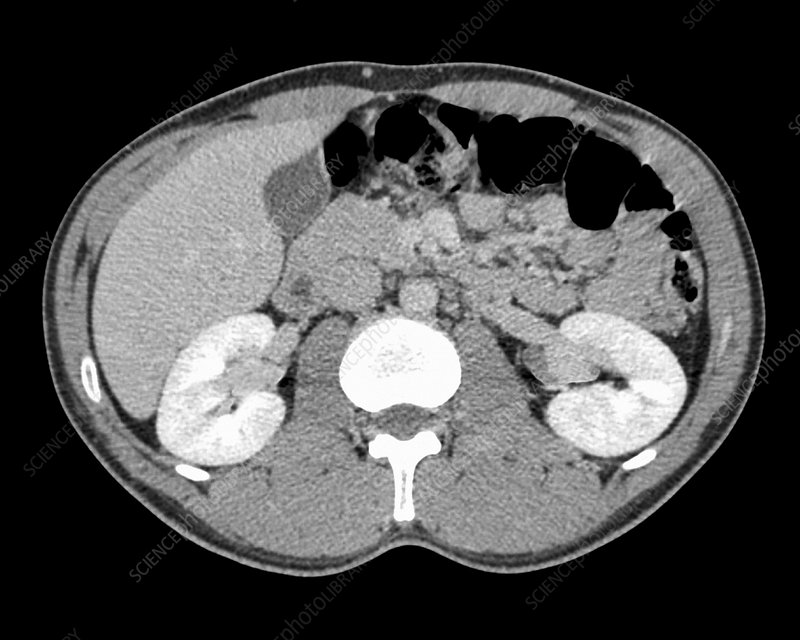
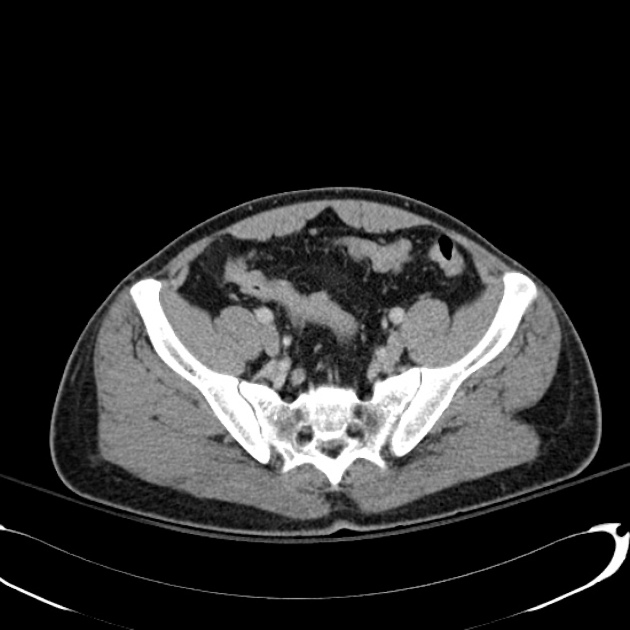

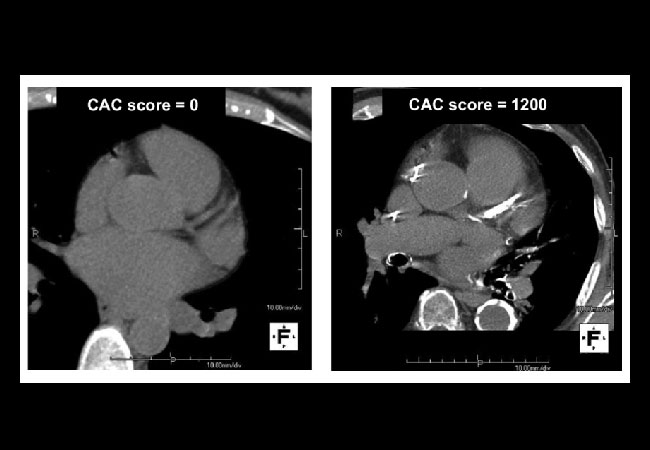


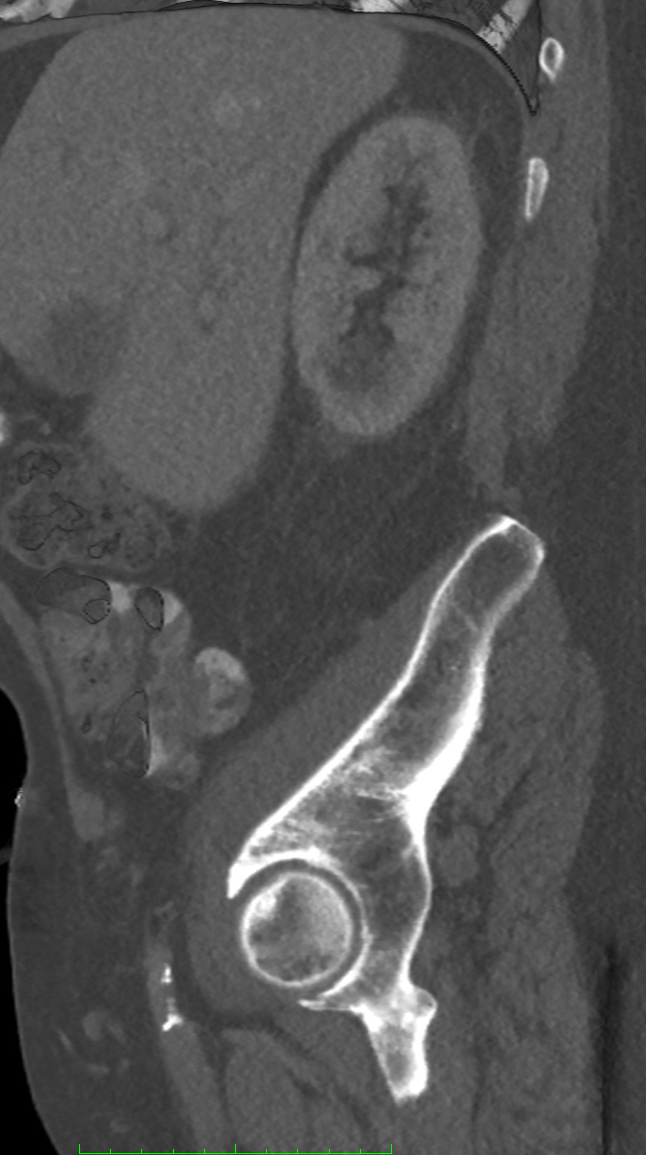
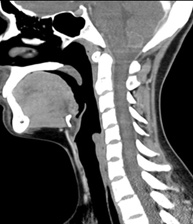
BDI algorithms scan/analyze existing CT

Step 1

Vertebrae or hip detected; vertebrae segmented, measured, fracture detection
- Automatically detects vertebrae or hip present on the scan
- Segments individual vertebrae
- Measures vertebral height
- Identifies fractures
Step 2

Trabecular part of vertebra or hip detected
- Detects the trabecular component of the vertebral or hip bones, excluding cortical bone
Step 3

Measures trabecular bone for each; determines bone density
- Accurately measures and averages the Hounsfield units of trabecular bone within each vertebrae and hip, avoiding fractures.
- Then puts into formula (BDI patented) to convert to bone density – adjusted for CT scanner, spinal and hip location.
Step 4

Calculates/reports T-Score, Z-Score, vertebral fracture presence and severity
- Calculates & reports T-Score and Z-Score (gold standard metrics for osteoporosis analysis) by comparing bone density values to age , gender and race/ethnicity population assessments
- Determines/reports any vertebral fracture presence and severity
- We utilize the subject’s heart density, chest wall/abdominal or hip fat to calibrate the patient, CT scanner, and scan parameters to ensure the most accurate measure of individual BMD
Step 5

BDI expert physician reviews and finalizes report
- Expert BDI Physician reviews, modifies if necessary, and finalizes report
